There is a segment of business processes that, even being fully automated, require the mandatory involvement of a person. For example, the robot entered the counterparty's data into the payment order, but only a person can confirm the money transfer to the bank. Such fragmented processes, which require the transfer of robot-to-human functions, help to improve business efficiency, but they can be difficult to fully automate.
According to a Deloitte study, 36% of executives cite fragmented processes as the biggest barrier to automation scaling. Vendors try to make the process of human interaction with RPA systems as simple and seamless as possible, building the optimal architecture of their solutions. In this way, the automation of time-consuming processes that require human participation can be greatly simplified.
In this article we will tell you:
how can you organize work with a large number of documents,
how to involve business users in this work when necessary,
with what tools to start processing so that the participation of technical users is not required, and the robot controls everything itself.
Let's start with a real-world example.
Insurance case: how to achieve efficiency of 122 PSU using RPA
A large Russian insurance company processes more than 24 thousand contracts a day. For these purposes, the company has created an operations center that accepts contracts from agents and enters the data of contracts into the database. Robotization in the company began as an optimization of the center. The company planned to transfer additional functions to the operations center without increasing the number of employees. To do this, it was necessary to automate the current tasks of the center. For the success of the project, it was enough to automate 100 PSUs (full staff units), these resources would be enough to perform additional functions.
2017 , ( — ) 122 . , . , .
I- — , , - — : , , , , — ( ).
5 , 1 .
80% , 70% . 8 .
:
, , , , . “human-in-the-loop”. — RPA-. UiPath Action Center. , - - , . , , . , . . , , . , . , , .
“human-in-the-loop” , , . , :
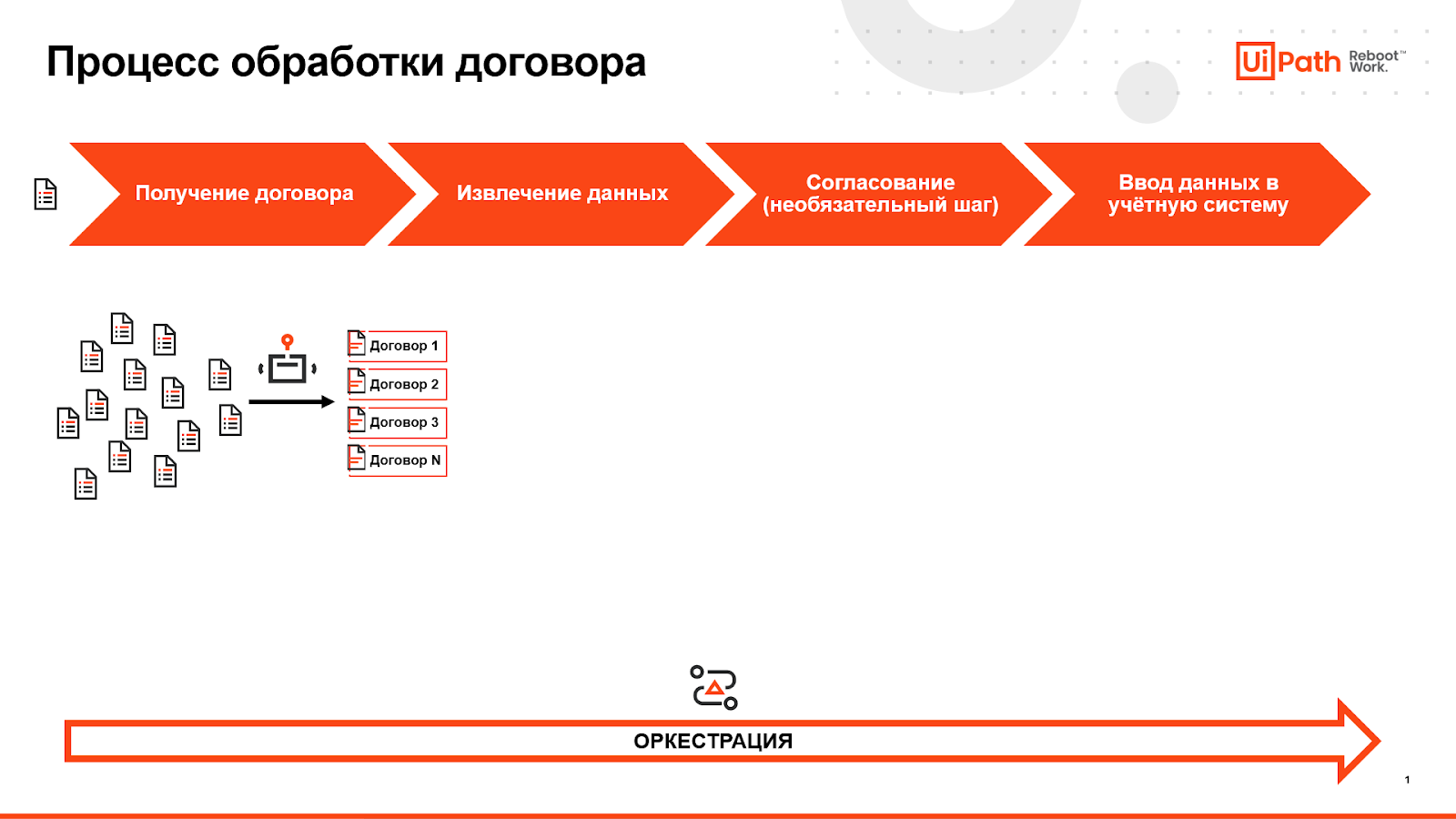
, , . , , , . Message Queue, .
. , :
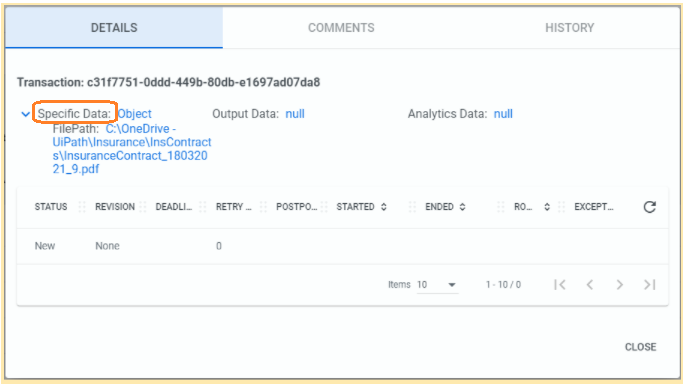
, , , , . , . , : , .:

, , - , ( , ). , Action Center, , .
: , , .
:

2 , . “InsContract_Main” . , , - . 10 , 10 , “InsContract_DU” - . , 4 , , “InsContract_EnterApprovedContract” - , .
, Action Center. , “ ”.
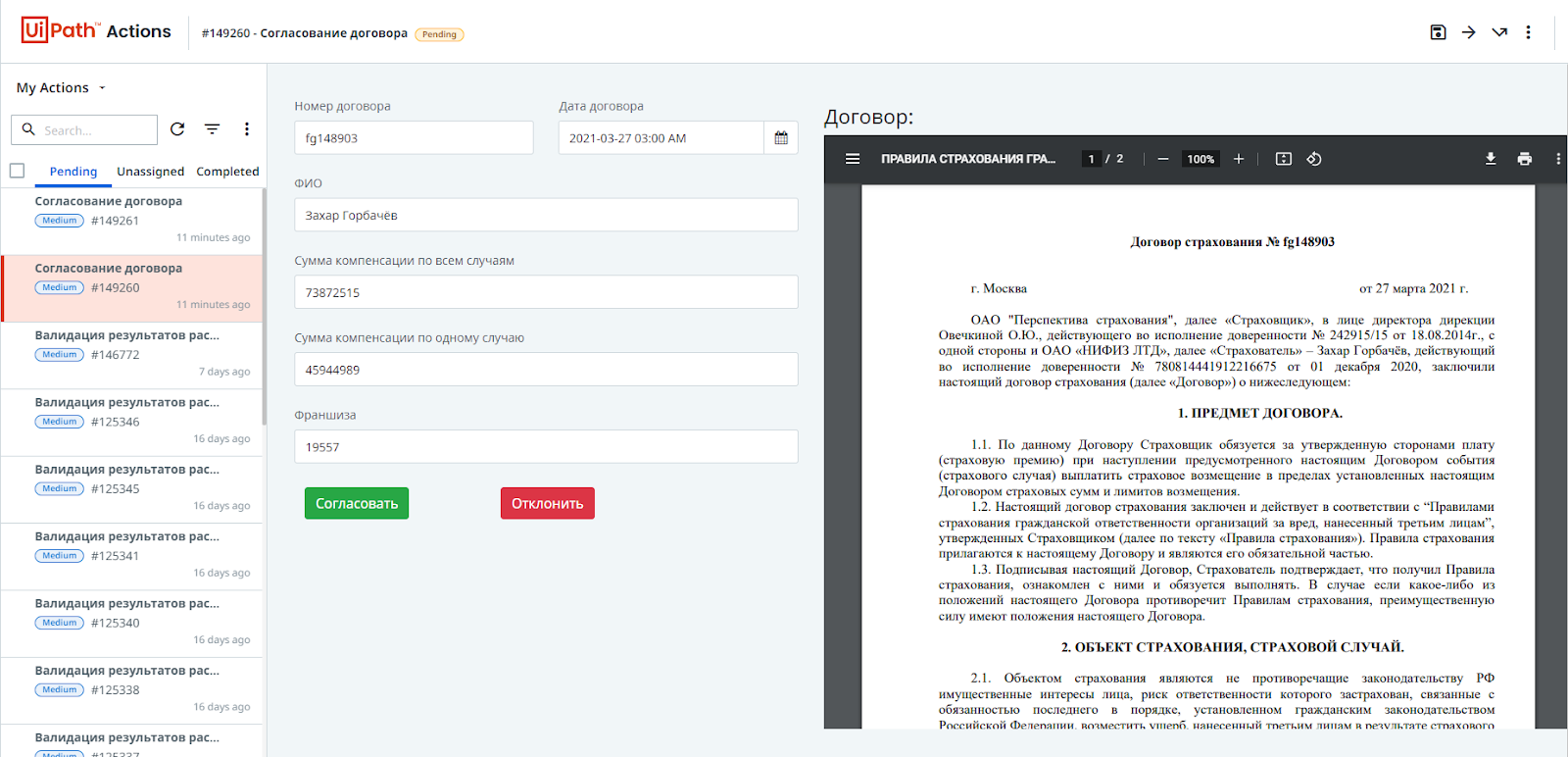
, , low-code. , . , , .
“”, .
, , .
:
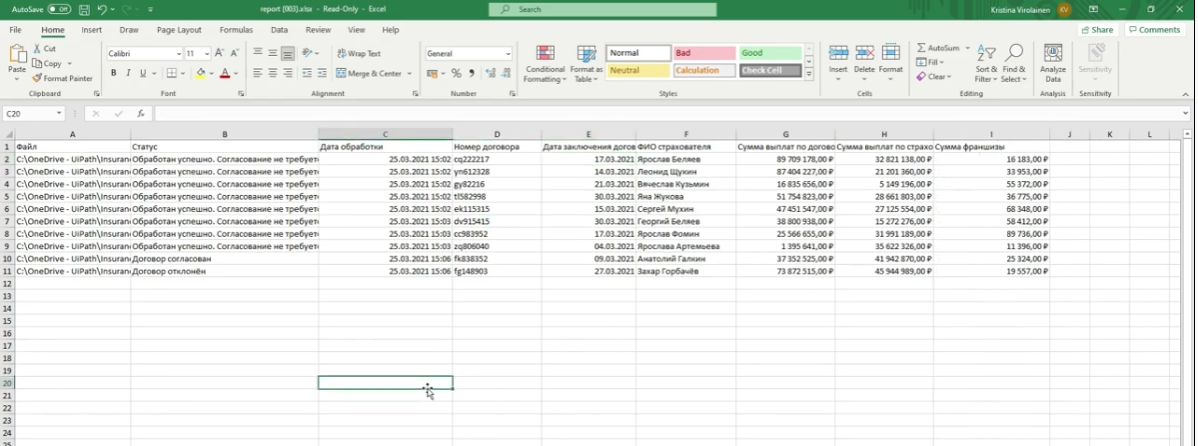
?
Long Running, :
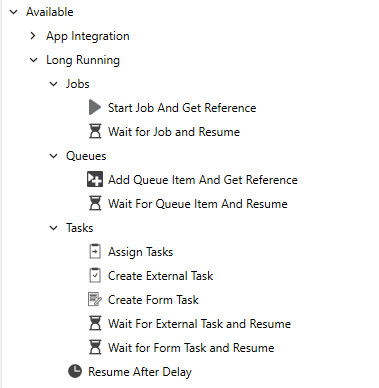
Add Queue Item And Get Reference/Wait For Queue Item And Resume.
: — .
— Start Job And Get Reference/Wait for Job and Resume.
Action Center — Create Form Task/Wait For Form Task and Resume.
— Parallel For Each.

With the help of UiPath solutions, automating time-consuming processes that require human involvement becomes simple and as convenient as possible. The capabilities of the orchestrator and Action Center greatly simplify the work with fragmented processes and make it available to ordinary users without specialized knowledge.